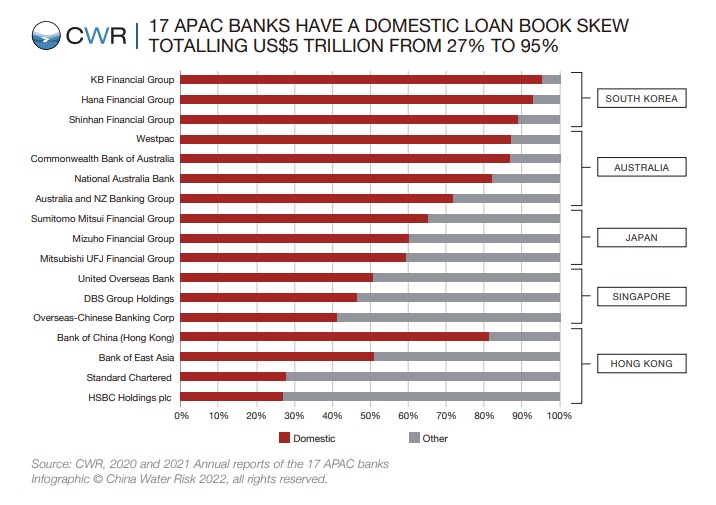The Asian Investor Group on Climate Change (AICC) and the Hong-Kong based NGO China Water Risk (CWR)have sent an open letter to the region’s largest banks, urging them to overhaul their stress testing on climate risks.
The letter, highlights investors concern with insufficient stress testing, as banks in the APAC region are not yet factoring in climate scenarios that overshoot the 1.5°C target.
It urges banks to adopt a long-term horizon of 50-80 years and also facto in “low regret” pessimistic scenarios of temperature forecasts exceeding the Paris Agreement targets such as sea levels rising by 2 meteres by the end of the decades. Investors are also calling for action plans among banks that go beyond the steps already taken by governments.
Anjali Viswamohanan, AIGCC’s director of Policy said: “Institutional investors in Asia are concerned that the risks of climate damage and disruption may be radically under-priced by many of our regions’ most important banks.”
“You only have to look at the human and economic loss sweeping across the world right now to realise that financial institutions cannot afford to be flying blind.”
While banks across the globe are exposed to the impact of rising sea levels, lenders in the APAC region are disproportionately affected. Sea levels rising by one metre could put the livelihoods of 200m people in Asia at risk, according to a CWR report.
Another factor is the regional concentration of lending activity, with more than 60% of loan books concentrated in areas that are vulnerable to coastal threats. Rising sea levels could also flood more than a third of banks’ real estate portfolios, CWR warns.

The CWR report covers 17 APAC banks with loan books totalling US$7.9trillion, it shows that these banks have US$5trillion invested domestically.
Researchers also warned that banks should not leave their climate risk assessments to insurers. While insurers had the option not to underwrite an asset at risk, lenders could potentially be based with uninsurable assets that could not be sold.
AICC has 72 members across 11 countries in Asia with a combined AUM of $32 trillion.





